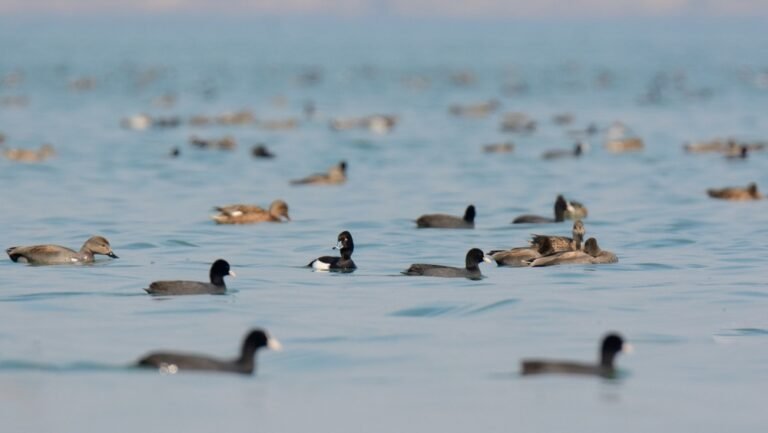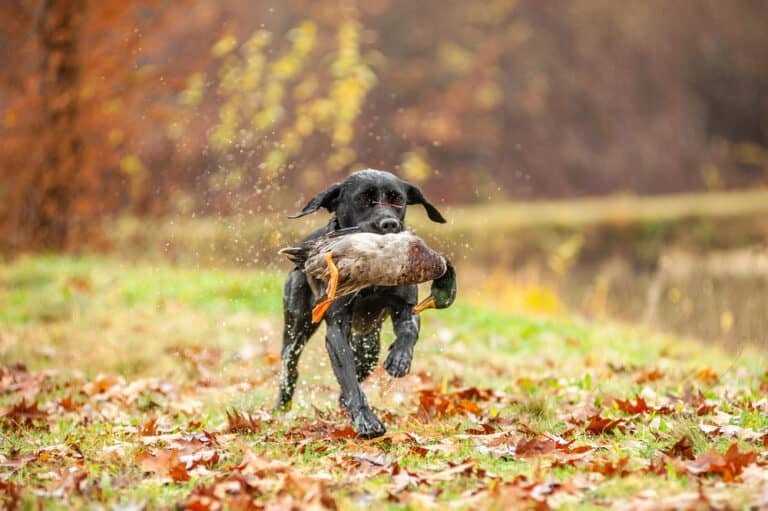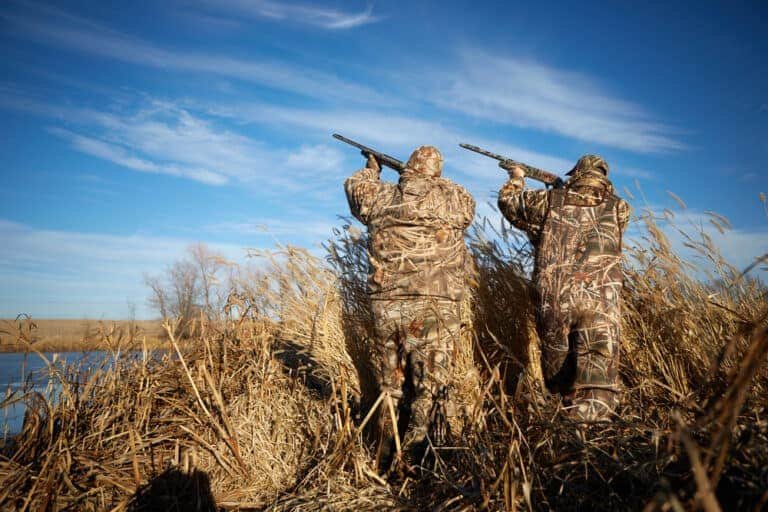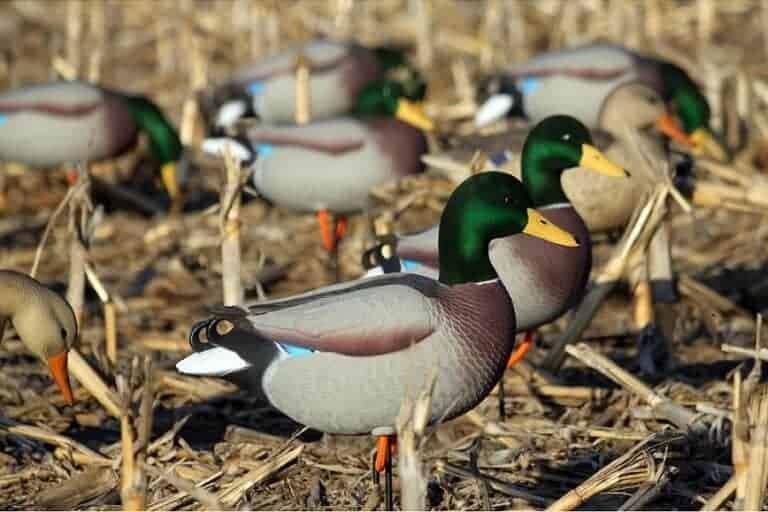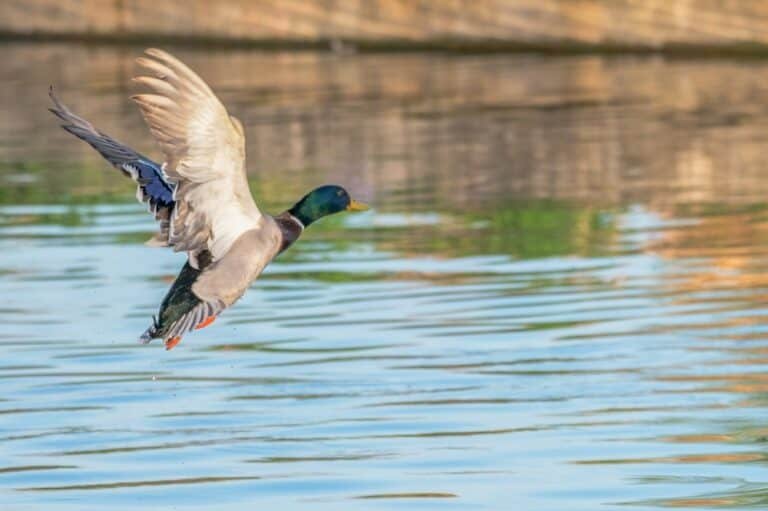The Ultimate Guide to Hunting Goose Now
A goose is not just a captivating creature; it indicates environmental health and ecosystem balance. Herbivores contribute to seed dispersal by ingesting plant materials and spreading them through their droppings. This helps maintain biodiversity by aiding in germination and promoting plant growth.
Additionally, geese act as grazers on grasslands or agricultural fields, keeping vegetation in check and preventing overgrowth that could negatively impact other species. Moreover, these waterfowl have a profound influence on wetland ecosystems.
They create nesting sites amidst marshes and ponds while foraging for food, inadvertently sculpting habitats for various aquatic organisms. Their presence also stimulates nutrient cycling, enhancing overall wetland productivity.
Explanation of the purpose and scope of the profiles
These profiles aim to delve into a selection of goose species found across different continents. By exploring their distinct characteristics, behaviors, habitats, migration patterns, and conservation status within each profile section – we aim to deepen our understanding of these remarkable birds.
This compilation will highlight both well-known species, such as the Canada Goose (Branta canadensis) and Greylag Goose (Anser anser), along with lesser-known varieties, like the Swan Goose (Anser cygnoides) and Pink-footed Goose (Anser brachyrhynchus).
The profiles will illuminate each species’ unique attributes while emphasizing their ecological significance and environmental conservation challenges. Join us as we embark on a journey to uncover the intricacies and wonders of this species, appreciating the diversity of life within our natural world.
General Characteristics of Geese
Taxonomy and Classification: Family Anatidae, Order Anseriformes
Geese belong to the family Anatidae, which also includes ducks and swans. Within this family, they are classified under the order Anseriformes.
This order encompasses all waterfowl species characterized by their specialized adaptations for an aquatic lifestyle. Geese are further classified into various genera and species based on distinct physical characteristics and distribution patterns.
Physical Appearance: Size, Coloration, Beak Structure, and Feather Patterns
Geese exhibit a wide range of physical appearances depending on the species. They typically have medium to large-sized bodies, measuring between 20 to 45 inches long and weighing anywhere from 5 to 15 pounds. Their coloration varies greatly but commonly includes shades of brown, grey, white, or black.
One notable feature of geese is their beak structure. It is often broad and flat with serrated edges that aid in grasping vegetation while feeding.
The beak’s color can also differ among species; it may be black or pinkish-orange. Feather patterns also contribute to the overall appearance of geese.
While specific patterns vary between species, many geese have a combination of solid-colored feathers on their body along with unique markings on their heads or necks. These markings can include stripes and patches of different colors, such as white or black, contrasting against a lighter base color.
Adaptations for Flight and Swimming: Wingspan, Webbed Feet, and Streamlined Bodies
Geese possess remarkable adaptations that allow them to excel in flight and swimming. Their wingspan spans from approximately 4 to 6 feet across, depending on the species – an essential adaptation for efficient flying over long distances during migration. Webbed feet are another prominent feature of geese.
These specialized feet have interconnecting skin between their toes, forming a paddle-like structure that aids in propulsion while swimming. This adaptation allows geese to navigate through water with ease and precision.
Moreover, geese have streamlined bodies, allowing them to fly and swiftly minimize air resistance. Their body shape is elongated and tapered towards the rear, allowing efficient air movement.
This streamlined form also aids in reducing drag while swimming, facilitating rapid movements across bodies of water. These characteristics and adaptations make geese well-suited to their ecological niche as highly skilled aviators and aquatic beings.
Common Goose Species
Canada Goose (Branta canadensis)
The Canada Goose, scientifically known as Branta canadensis, is one of North America’s most well-known and widespread goose species. Its habitat ranges from Canada to parts of the United States. These majestic geese are easily recognizable due to their large size and distinctive markings.
They have a black head with striking white cheek patches that extend down their necks. The rest of their body is adorned with brown feathers, providing excellent camouflage in their natural habitats.
Regarding behavior, the Canada Goose is highly social and forms strong bonds within its flocks. During migration, they exhibit an impressive phenomenon called formation flying.
In these V-shaped flocks, the geese lead the group at the front to reduce wind resistance for those following behind. This efficient flying pattern allows them to conserve energy during long-distance journeys.
Greylag Goose (Anser anser)
The Greylag Goose, scientifically known as Anser anser, has a wide distribution encompassing Europe and Asia while also being introduced to North America in some regions. With its grey-brown plumage and elegant physique, this species exudes gracefulness. One distinctive feature of the Greylag Goose is its vibrant orange beak that perfectly contrasts with its plumage.
The legs are also pink, giving it a unique aesthetic appeal among other species. Regarding breeding behavior, Greylag Geese form monogamous pairs that display remarkable loyalty throughout their lives.
They typically build nests on the ground or in vegetation near water bodies where they find safety for raising their young goslings. By understanding these common goose species, such as the Canada Goose and Greylag Goose—by appreciating their distinct physical characteristics and fascinating behavioral patterns—we can gain valuable insights into the natural world and the remarkable diversity of avian species that populate our planet.
Lesser-Known Goose Species
Swan Goose (Anser cygnoides)
The Swan Goose, scientifically known as Anser cygnoides, is a remarkable species in East Asia, including China, Mongolia, and Russia. This majestic goose stands out with its large size and distinctive black head adorned with striking white patches on its face. Its body is predominantly greyish-white, creating an elegant contrast.
The Swan Goose has adapted to thrive in wetland habitats such as lakes, marshes, and riverbanks, where it can find ample vegetation for grazing. Unfortunately, the conservation status of the Swan Goose is currently listed as vulnerable due to habitat loss caused by urbanization and agricultural expansion.
Pink-footed Goose (Anser brachyrhynchus)
The Pink-footed Goose, scientifically known as Anser brachyrhynchus, resides in the Arctic regions, including Greenland. This beautiful species showcases a unique combination of physical characteristics that set it apart from other geese.
It has a compact size with a delicate frame and shorter neck compared to some of its close relatives. As its name suggests, the Pink-footed Goose possesses bright pink feet that become especially noticeable during flight or when feeding on grassy meadows.
Their preferred habitats are Arctic tundra regions, where they nest in large colonies during the breeding season. Despite environmental challenges in their native habitat due to climate change and disturbance from human activities such as oil exploration, efforts are being made to protect their fragile ecosystem.

Conclusion
In our exploration of lesser-known goose species, we discover the Swan Goose’s graceful presence amidst the wetlands of East Asia and acknowledge its vulnerability due to habitat loss. Additionally, we admire the unique qualities of the Pink-footed goose found in Arctic regions like Greenland while acknowledging environmental challenges and ongoing conservation efforts.
By studying and appreciating these lesser-known species, we gain a deeper understanding of the intricate diversity within the avian world. We remain optimistic that we can ensure a brighter future for all goose species and their habitats through continued research, awareness, and conservation initiatives.


